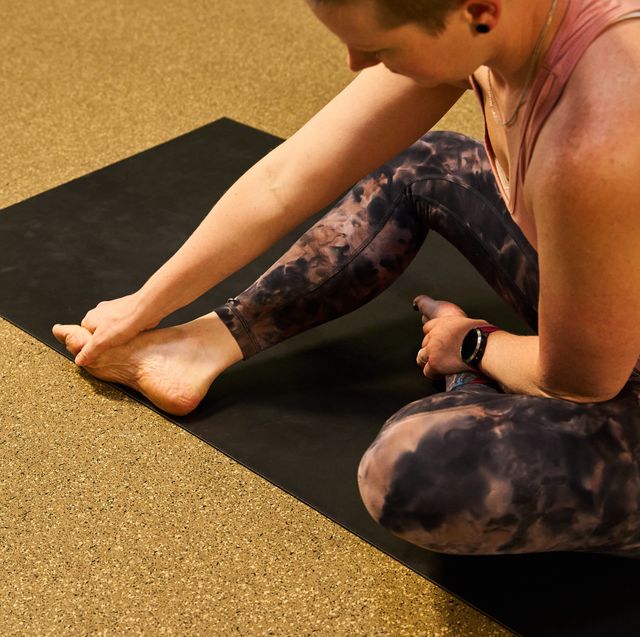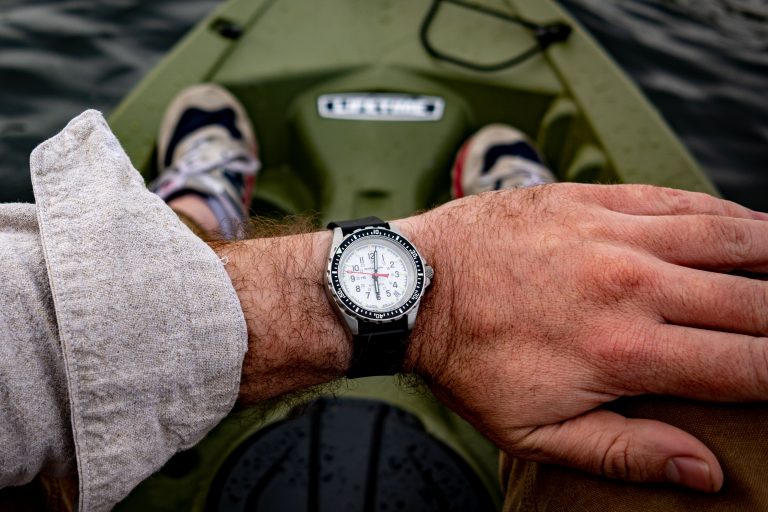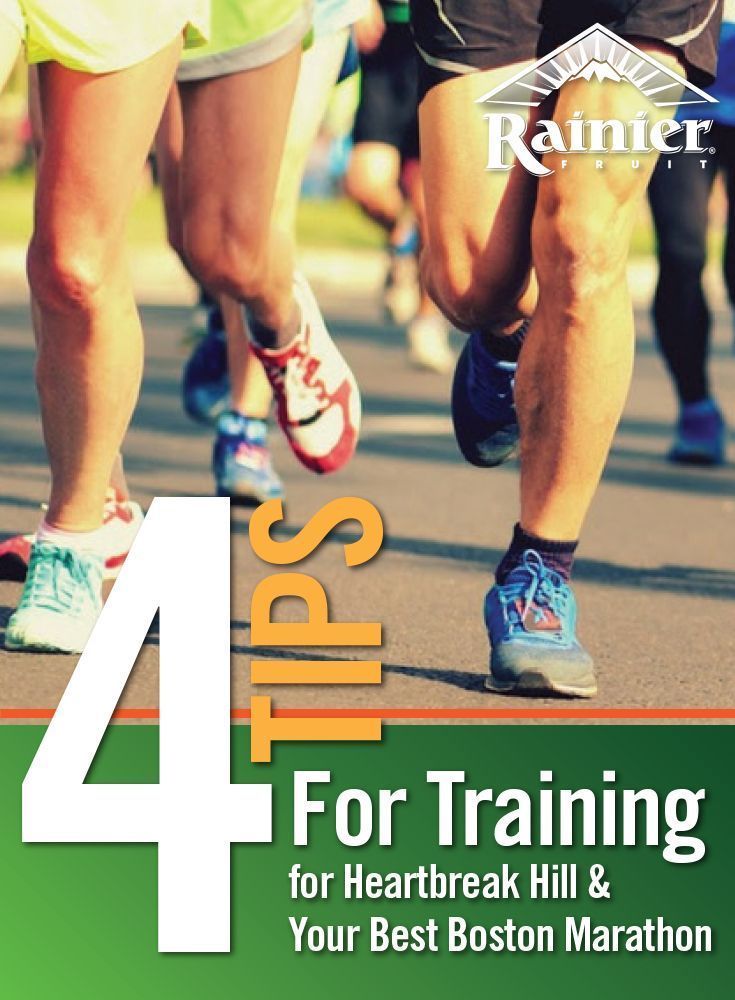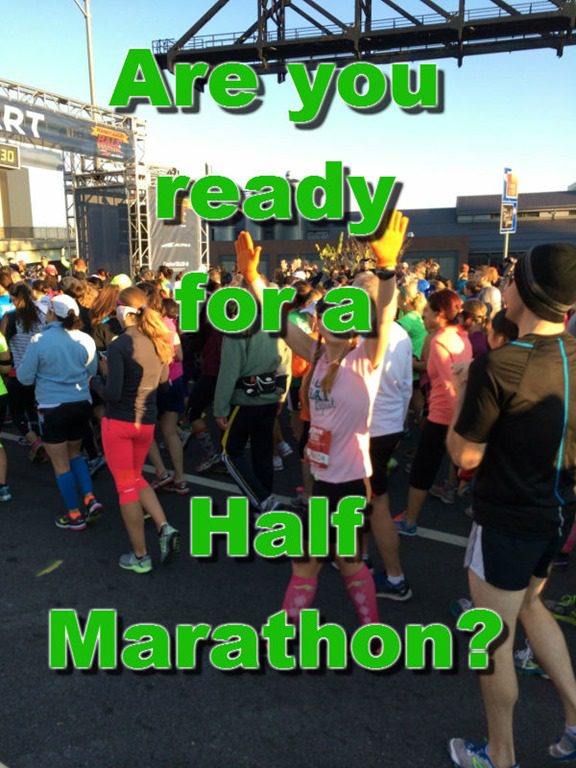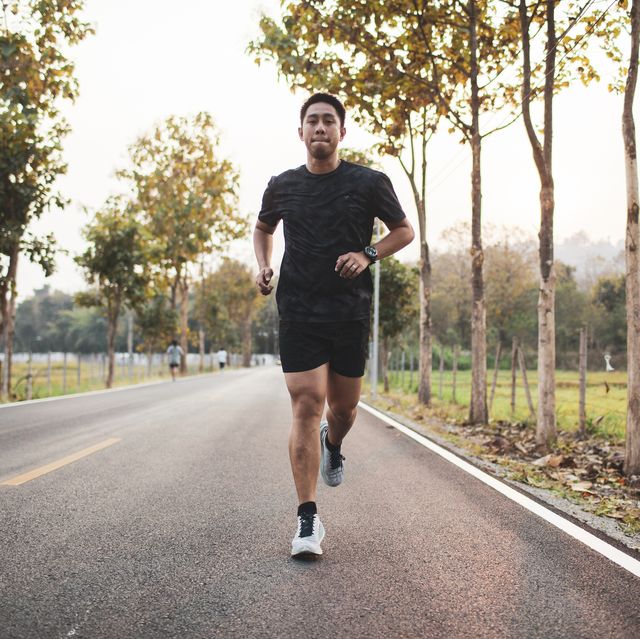Should Runners Try Foot Reflexology for Better Recovery?
Runners may benefit from foot reflexology for improved recovery due to its potential to reduce muscle soreness and enhance overall well-being. By applying pressure to specific points on the feet that correspond to different organs and systems in the body, reflexology can help stimulate circulation, release tension, and promote relaxation, all of which are vital for post-run recovery.
Incorporating foot reflexology into a runner’s routine may aid in faster recovery times and better performance by targeting key areas of the body through the feet. Whether you’re a seasoned marathoner or a casual jogger, exploring foot reflexology as a recovery tool could be a holistic approach to enhancing your running experience.
Benefits Of Foot Reflexology For Runners
Foot reflexology is a natural healing practice that involves applying pressure to specific reflex points on the feet to stimulate healing responses in corresponding parts of the body. For runners, foot reflexology can offer numerous benefits for better recovery after intense workouts and races.
Pain Relief
Foot reflexology can provide pain relief to runners by targeting specific reflex points on the feet that correspond to areas of discomfort or pain in the body. By applying pressure to these points, runners can experience reduced aches and pains, promoting overall comfort and well-being after long runs or intense training sessions.
Improved Circulation
Through targeted pressure on reflex points, foot reflexology can help improve circulation in the feet and lower extremities. This enhanced circulation can aid in the delivery of oxygen and nutrients to the muscles, promoting faster recovery for runners and reducing the risk of muscle fatigue and soreness.
How Foot Reflexology Works
The process of foot reflexology is based on the concept that specific points on the feet correspond to different organs and systems within the body. By applying pressure to these points,
Understanding Reflexology Zones
- Feet divided into reflexology zones.
- Each zone corresponds to specific body parts.
- Stimulation of zones promotes healing.
Stimulating Pressure Points
- Pressure points targeted for specific benefits.
- Applying pressure improves circulation and relaxation.
- Stimulation aids in overall well-being and recovery.
Scientific Evidence Supporting Foot Reflexology
Scientific evidence supports foot reflexology as a potential method for runners to enhance their recovery post workouts or races. Reflexology stimulates specific pressure points on the feet, which correspond to various organs and systems in the body, promoting healing, relaxation, and improved circulation.
Scientific Evidence Supporting Foot Reflexology Foot reflexology is supported by scientific evidence for its effects on pain reduction and recovery time in runners. Studies on Pain Reduction – Relief: Several studies show foot reflexology provides pain relief to runners. – Promotes Healing: Reflexology techniques stimulate specific points on the foot linked to pain relief. – Aids Recovery: Reduces discomfort after intense workouts, facilitating faster recovery. Effects on Recovery Time – Acceleration: Reflexology has been shown to shorten recovery time post-exercise. – Enhanced Circulation: Improved blood flow leads to quicker healing of muscle tissues. – Reduced Inflammation: Reflexology reduces inflammation, aiding in faster recovery. Overall, scientific research supports the benefits of foot reflexology in promoting pain relief and faster recovery for runners.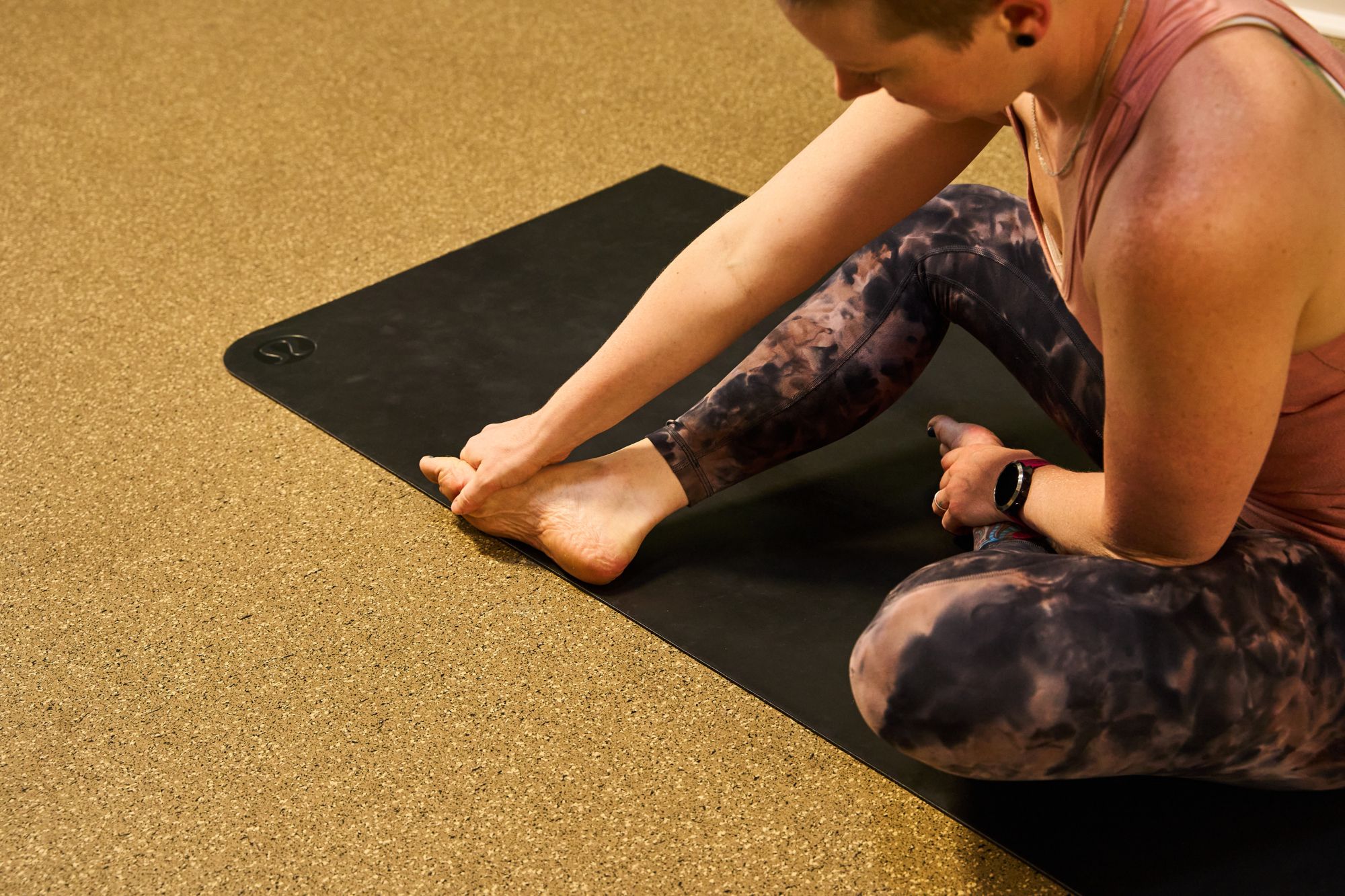
Credit: www.runnersworld.com
Best Practices For Incorporating Foot Reflexology Into Your Routine
Best Practices for Incorporating Foot Reflexology into Your Routine
Foot reflexology is an ancient healing technique that involves applying pressure to specific points on the feet to stimulate healing in corresponding parts of the body. Many runners are incorporating foot reflexology into their recovery routines to alleviate muscle soreness, enhance circulation, and promote overall well-being. To make the most of foot reflexology, it’s essential to consider the following best practices:
Choosing A Qualified Reflexologist
When seeking foot reflexology, it’s crucial to choose a qualified reflexologist who has undergone proper training and certification. Look for professionals with a solid reputation and extensive experience in providing reflexology treatments. Additionally, consider seeking recommendations from fellow runners or healthcare practitioners to ensure you’re in good hands.
Frequency And Duration Of Sessions
Determining the frequency and duration of foot reflexology sessions depends on individual needs and preferences. Some runners may benefit from weekly sessions, while others may find bi-weekly or monthly appointments sufficient. It’s essential to communicate with your reflexologist to establish a schedule that aligns with your training and recovery goals. As for the duration of each session, a typical foot reflexology treatment lasts between 30 to 60 minutes, providing ample time to target key pressure points and induce relaxation.
Other Recovery Techniques To Combine With Foot Reflexology
Runners can enhance their recovery by combining foot reflexology with other techniques such as stretching, deep tissue massage, and ice baths. These complementary methods help reduce inflammation and promote faster healing, making foot reflexology an effective addition to a complete recovery routine.
Stretching And Foam Rolling
For runners looking to enhance their recovery, combining foot reflexology with other techniques can provide even greater benefits. One such technique is stretching, which helps to improve flexibility and prevent muscle tightness. By targeting specific muscles in the legs and feet, stretching can relieve tension and promote better recovery. Incorporating foam rolling into your routine is another effective method. Foam rolling helps to break up adhesions in the muscles, improve blood flow, and enhance mobility. By targeting the muscles in the legs and feet, runners can further alleviate muscle soreness and aid in the recovery process.Ice Baths And Compression Therapy
In addition to stretching and foam rolling, ice baths and compression therapy are other recovery techniques that can complement the benefits of foot reflexology. Ice baths involve immersing the lower body in cold water to reduce inflammation and minimize muscle soreness. The cold temperature constricts blood vessels, helping to flush out metabolic waste and promote quicker recovery. Compression therapy, on the other hand, utilizes garments or devices that apply pressure to the legs and feet. This pressure helps to improve circulation, reduce swelling, and speed up the removal of lactic acid from the muscles. When combined with foot reflexology, ice baths and compression therapy can assist runners in recovering faster and performing better. To summarize, runners seeking optimal recovery should consider incorporating additional techniques alongside foot reflexology. Stretching and foam rolling can help to improve flexibility and relieve muscle tension, while ice baths and compression therapy work to reduce inflammation and enhance circulation. By combining these recovery techniques, runners can amplify the benefits of foot reflexology and experience better overall recovery.
Credit: www.facebook.com

Credit: m.facebook.com
Frequently Asked Questions On Should Runners Try Foot Reflexology For Better Recovery?
Can Foot Reflexology Help Runners Recover Faster?
Yes, foot reflexology can help runners recover faster by stimulating blood flow, reducing muscle soreness, and promoting relaxation.
What Are The Benefits Of Foot Reflexology For Runners?
Foot reflexology offers multiple benefits for runners, including improved circulation, reduced inflammation, enhanced energy levels, and quicker recovery.
How Often Should Runners Incorporate Foot Reflexology Into Their Routine?
Runners can benefit from foot reflexology sessions once or twice a week to maximize their recovery and overall performance.
Conclusion
Incorporating foot reflexology into your recovery routine can offer valuable benefits for runners. By stimulating specific pressure points, reflexology can aid in reducing muscle tension and promoting overall relaxation. This natural approach may contribute to improved performance and faster recovery times, making it a worthwhile consideration for runners seeking to enhance their training routine.

